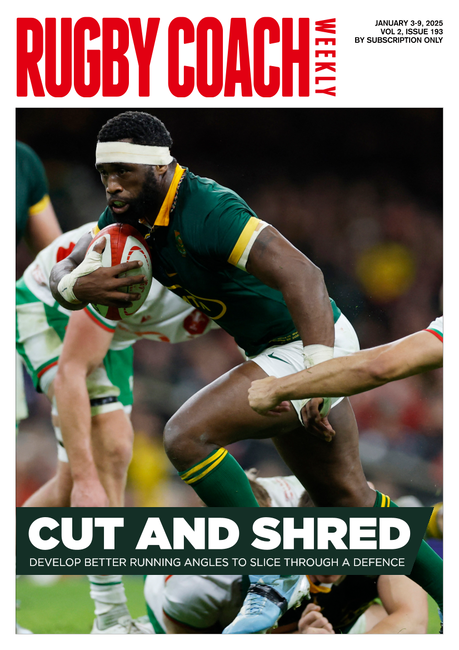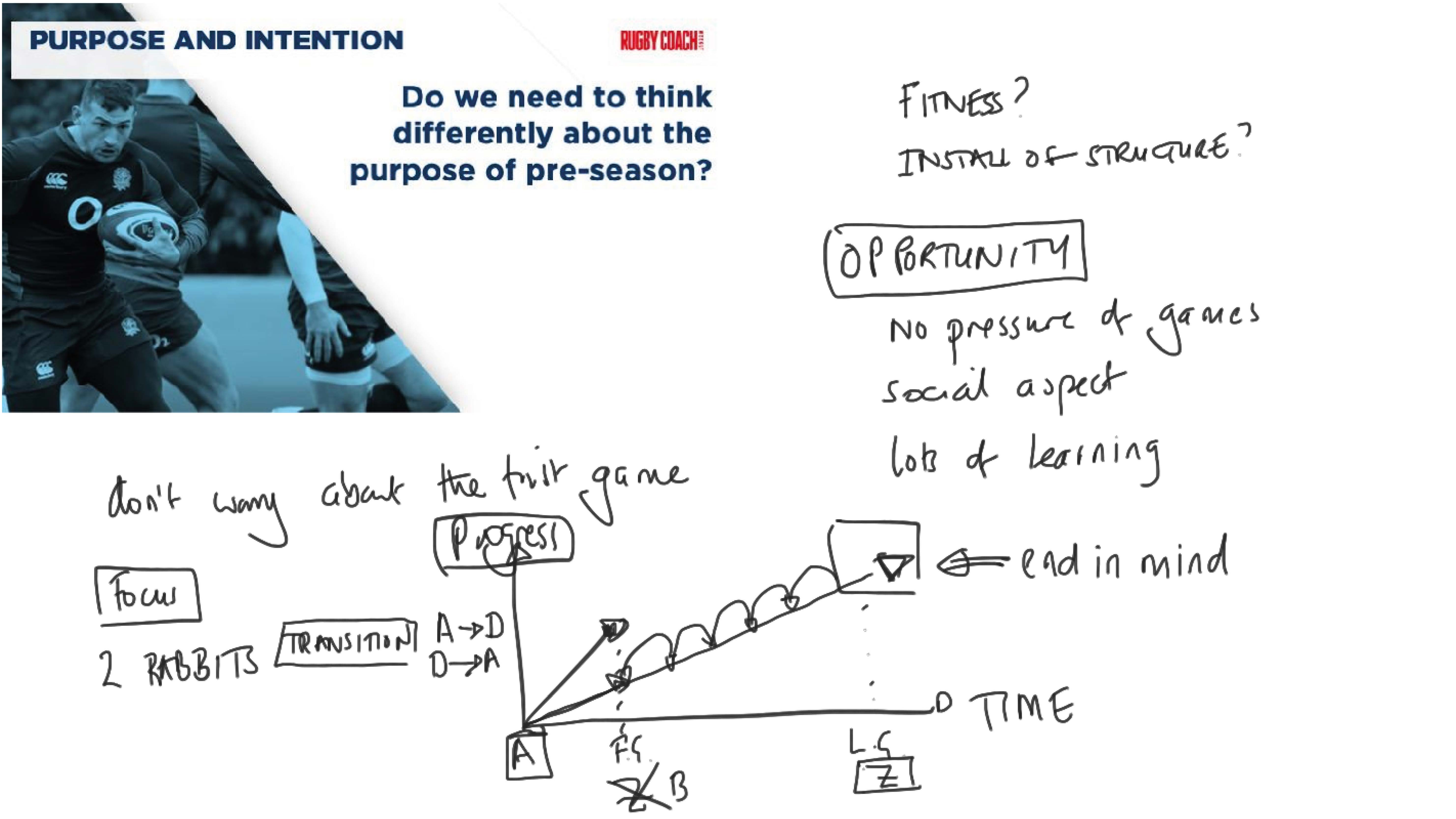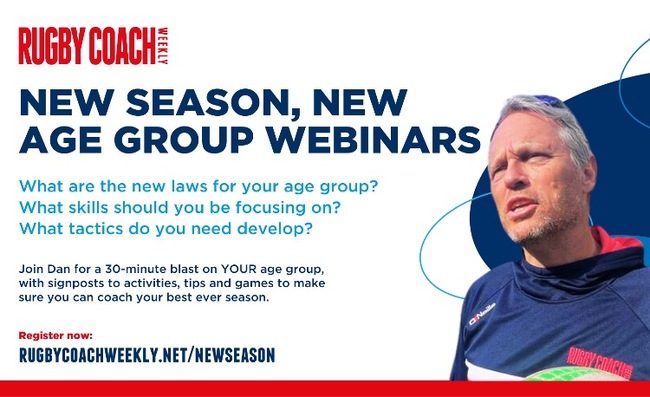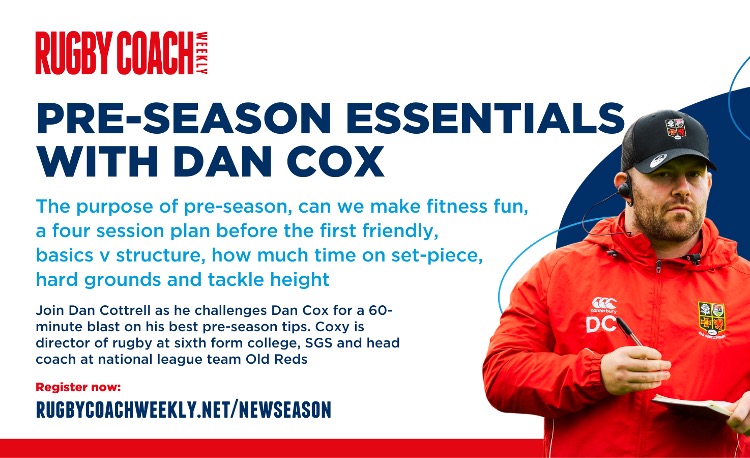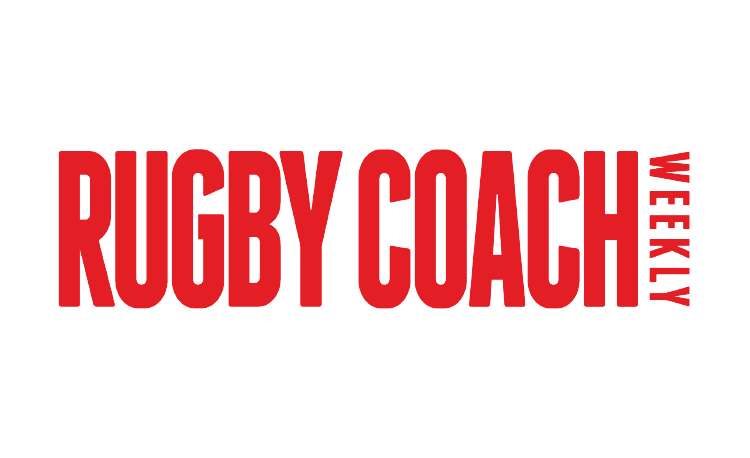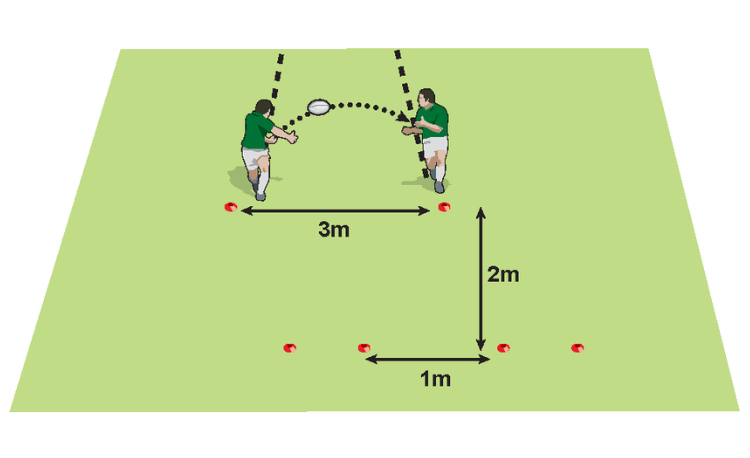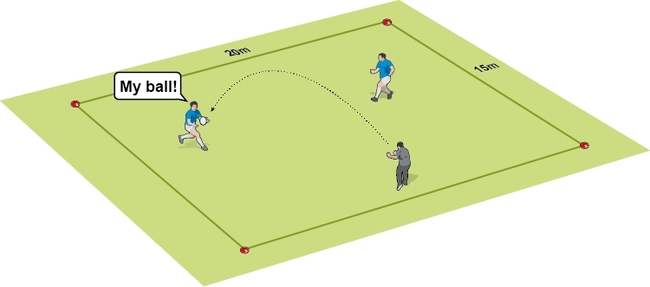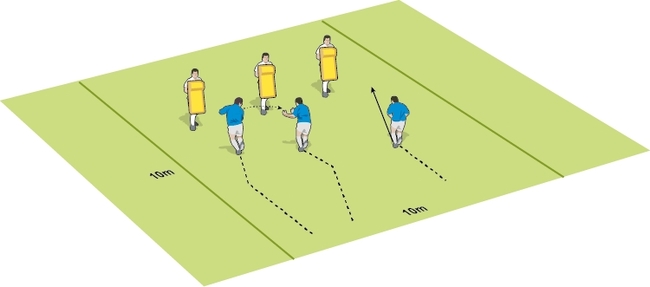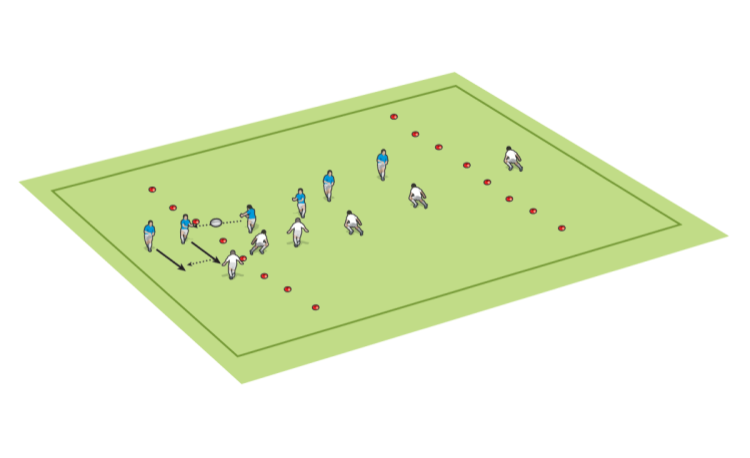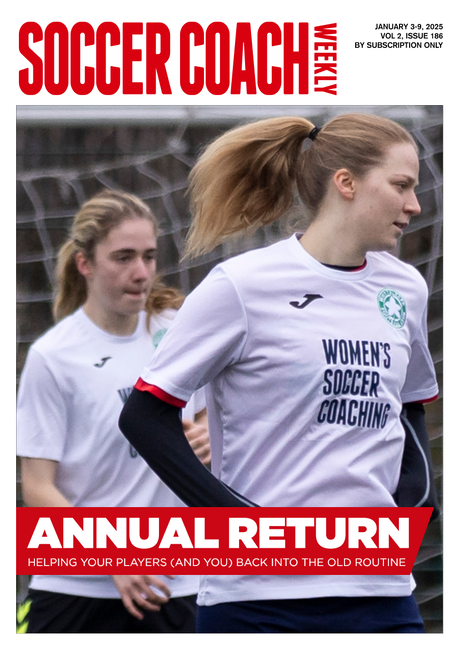Making the most of Stage D
Pre Seasonby Dan Cox

Stages on the RFU return to rugby roadmap appear to be like buses, you wait an age for one and then two come along in quick succession.
And it was a strange feeling this week as the club engaged in the Natwest workforce day on what should have been the seasons opening weekend. After years of playing there is nothing like that opening day; the nerves, the excitement, the smiles on faces, the first whistle, first carry and so on… alas, this week we had to settle for paintbrushes and a cherry picker.
The progression to Stage D is another step closer to a full rugby return. The RFU guidelines now state 15 minutes of controlled contact. The amount of contact is 1v1 tackle below waist height, an additional 1v1 contest in the ruck (2v2 in total) and uncontested lineouts (no maul, scrum or tackle in gameplay is permitted).
With these constraints, this is my approach.
LOOK BACK FIRST
Whilst it is hard not to be looking forward in excitement, it is important as coaches to reflect on the last few months and take stock of what the progression through the stages has afforded us. Not only the opportunities to help our players and teams progress and grow but the learnings from the stream of online content, the chance to improve our interpersonal skills in small groups, the process of session design and the creativity, challenge and increased opportunities that games have provided.
The last months have been a chance for many coaches including myself to stretch themselves by trying new things, leaving the comfort zone and really think deeper about not just the what, but their why and how. The challenge for all is to continue with this as we move collectively towards the return of normality.
They have also have provided an important opportunity to not only showcase and develop our professional knowledge but develop our interpersonal (relationships with our athletes) and intrapersonal knowledge (understanding one’s self), three of the key concepts discussed by Cöté & Gilbert’s (2009) definition of effective coaching.
LESS IS MORE
March 7, 2020, at home to Leicester Lions. This was the last time that Old Redcliffians players took any form of rugby specific contact, over six months ago. There are not many players in the country played much after that with official lockdown kicking in on March 23.
At this stage, less is probably more. We cannot get carried away or we risk injuring our players.
15 minutes is the maximum amount of time that players can be involved in a contact session, however with players only able to tackle 1v1 (2v2 contest) 15 minutes is possibly excessive. We will be adopting some different approaches to ensure that players are eased back in to contact and prepared as we move towards the next stage.
Firstly, instead of 15-minute blocks we will be integrating some preparation for contact into our warm up. This will be a circuit/rotation style warm-up which includes mobility, small-sided and multi-directional games and some sort of contact primer.

Whilst I am not a fan of tackle shields and the lack of realism they provide, now may be the time to introduce the foam as a protective layer. Exercises to warm up and help strengthen the neck can potentially help reduce the risk of head and neck injury, this will always provide the first part of any contact primer in my sessions (Dempsey, Fairchild & Appleby, 2015).
Something that also features heavily in all of my sessions is the speed in which the players get back to their feet. The more players on feet equals more problem solvers in attack or defence. Both of these would be my start point before any contact takes place.
We will be looking to take the speed and impact out of the collision as much as possible, to begin with. Some key principles are going to be done in a controlled way. Players need to explore and rediscover what contact feels like, but that doesn’t mean start at 100mph.
Some of the key components pre-during-post contact we will be looking at will be:
- footwork (in both attack and defence)
- contact points (shoulder as our first point of contact)
- landing and present (through the tackle, protect ball, get the ball back),
- the tackler getting off the ground.
- The tackle is no different to any part of the game (or any sport), no two tackles will ever look the same, so the key principles remain here, repetition without repetition. Change the picture, change the start points, change the scenario, build the practice to offer the players the opportunity to work on the principles above.

Secondly, utilise a co-coach to work with the players not involved in the 10v10 game with some controlled contact practice. 1v1 both passing the ball between themselves (2m apart), on the clap the player with the ball becomes the ball carrier, the other player becomes the tackler. Keep the intensity low to start and build as the weeks progress.
Three opportunities each and they then sanitise and return to the game, swapping more players out. The game might be touch but it can be intentionally designed to support some contact principles such as adjusting the height of the touch, having the attacker present and the defender rolling and getting back to his feet.
PRINCIPLES OF PLAY
Some key principles to remember, rugby is fundamentally an evasion game that includes contact, we should be encouraging players to be expressive and beat players firstly. Go forward, support, continuity and pressure for the attack and contest possession, go forward, support, pressure to regain possession in defence.
I try to design all of my practices to provide opportunities to engage with these principles. I want players to explore and discover a host of ways to do achieve these principles not just tell them ‘the way’.

Go forward features in both of them, this for me provides an opportunity for competition, who can win that race or battle to go forward? If you use footwork to beat a player and get into the space behind him what is the reward? What rewards can we as coaches include to exaggerate the positives of this? And vice-versa, what is the reward for a defender taking space, creating pressure and going forward?
Despite it being 1v1 tackle and a 2v2 contest, we can still adopt the principles discussed in the previous articles. Competition (points scoring), variability (no two situations look the same) and creating natural ‘cues’ and ‘clues’ (information) for players to interact with.
IN SUMMARY
After such a long layoff it would be easy to get carried away, but improving our players confidence and letting their bodies adjust and progress towards full contact needs to be a well thought out process with player safety and well-being at the centre of our practice design.
References
Côté, J., & Gilbert, W. (2009). An integrative definition of coaching effectiveness and expertise. International journal of sports science & coaching, 4(3), 307-323.
Dempsey, A. R., Fairchild, T. J., & Appleby, B. B. (2015). The relationship between neck strength and head accelerations in a rugby tackle. In ISBS-Conference Proceedings Archive.
Newsletter Sign Up
Coaches Testimonials

Gerald Kearney, Downtown Las Vegas Soccer Club

Paul Butler, Florida, USA

Rick Shields, Springboro, USA

Tony Green, Pierrefonds Titans, Quebec, Canada
Subscribe Today
Be a more effective, more successful rugby coach
In a recent survey 89% of subscribers said Rugby Coach Weekly makes them more confident, 91% said Rugby Coach Weekly makes them a more effective coach and 93% said Rugby Coach Weekly makes them more inspired.
Get Weekly Inspiration
All the latest techniques and approaches
Rugby Coach Weekly offers proven and easy to use rugby drills, coaching sessions, practice plans, small-sided games, warm-ups, training tips and advice.
We've been at the cutting edge of rugby coaching since we launched in 2005, creating resources for the grassroots youth coach, following best practice from around the world and insights from the professional game.

